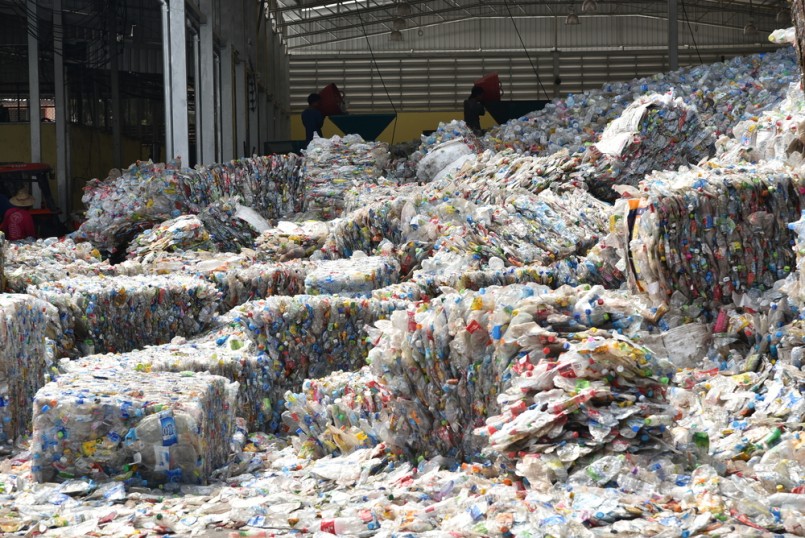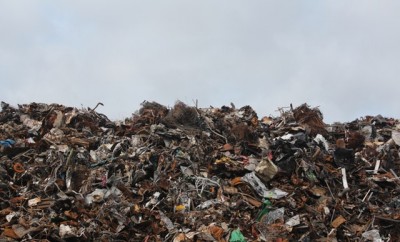Environment
When recycling becomes a problem

Image: Shutterstock/serthayos sansuwansri
When we dutifully place our recycling into our bins, many of us take away the feeling of satisfaction that we’ve contributed to a cleaner world. Of course, recycling is a key factor in every environmentalist handbook, but what happens when the cost of recycling something exceeds the funds available to efficiently do it? How about when it uses more water, energy, and labor than it gets back in profit once sold? Is it still beneficial to our communities and the environment? Let’s take a look at some of the unknown details involved in our current recycling programs and what can be done about this issue.
Each recycled material is valued differently
According to Ensia, each recyclable material has a unique value assigned based on its rarity as a “virgin resource” and the price the finished recycled material receives as a commodity. So therefore, each of the various materials we recycle in our bins, i.e. plastic, glass, paper, aluminum and others, are not all equal in their values, and thus may not be equally worthy of the recycling process if viewed economically. Environmentally-speaking, each material also requires a different amount of water and energy in their recycling process, which gives some a much greater carbon footprint than others.
One study on the subject, conducted in Japan by Bucknell University economist Thomas Kinnaman, carefully evaluated the costs required to recycle each of the various materials against all of the possible benefits, even the assumed benefit of someone believing they’ve done a good thing for the earth. Sadly, the findings of this study showed an optimal recycling rate of only about 10% of the materials overall. Out of this 10%, only the most optimal of materials should even be included in the recycling process at all, which are, according to Kinnaman, “primarily aluminum, other metals, some forms of paper, most notably cardboard, and other sources of fiber. Optimal recycling rates for these materials may be near 100% while optimal rates of recycling plastic and glass might be zero.”
What else matters?
Kinnaman explains that community costs and benefits must be considered, such as the, on average, lowering of property values surrounding a landfill (as a cost to the communities in which they are located), against the overall damage and assumed greater cost of mining for raw materials rather than using recycled materials. He asserts that, with consideration of this information, “The value of the extra energy, labor and machinery necessary to prepare materials for recycling can double the value of those resources needed to dispose the material in the landfill.”
Plastic plummets due to lowering oil prices
According to Waste Management recycling service, the process of collecting, sorting and bundling recyclables was previously a profitable endeavor all around. However, a recent lowering of global oil prices has caused recycled plastic to drastically lower in value. A current bale of thin, translucent plastic is only worth $112, where it used to be worth $230, for example. David P. Steiner, chief executive of Waste Management, expresses that, “Recycling is in a crisis. It used to be that all players in the recycling ecosystem could make a profit. That’s not the case anymore.”
In viewing recycling as the commodities business it actually is, one has to balance the value against the competition. If “virgin materials” are cheaper for companies to purchase than the recycled materials, the recycling business goes under eventually. Changing technologies are also coming into play, which may lead to significant change in how the recycling world works.
So what can be done?
Specifically seeking out products which use recycled materials should be a priority for the environmentally-conscious, and in this realm, some companies are willing to pay more for the recycled product as they find the overall environmental benefits measured to be greater against the increased cost. Other companies are starting to do their own in-house recycling preparations. Some EPR laws (extended producer responsibility) requires manufacturers to take back their own packaging materials once sold in hopes they will reuse it or perhaps attempt to sell it themselves. Australia, Ireland, the UK and Japan currently have EPR laws in place, as well as some areas of Canada. Perhaps it’s time to also consider a greater emphasis on reusing our materials or buying less in the first place if we seek to limit our carbon footprint. This problem, aside other environmental quandaries of this crucial time of climate change, cannot be easily solved.





0 comments